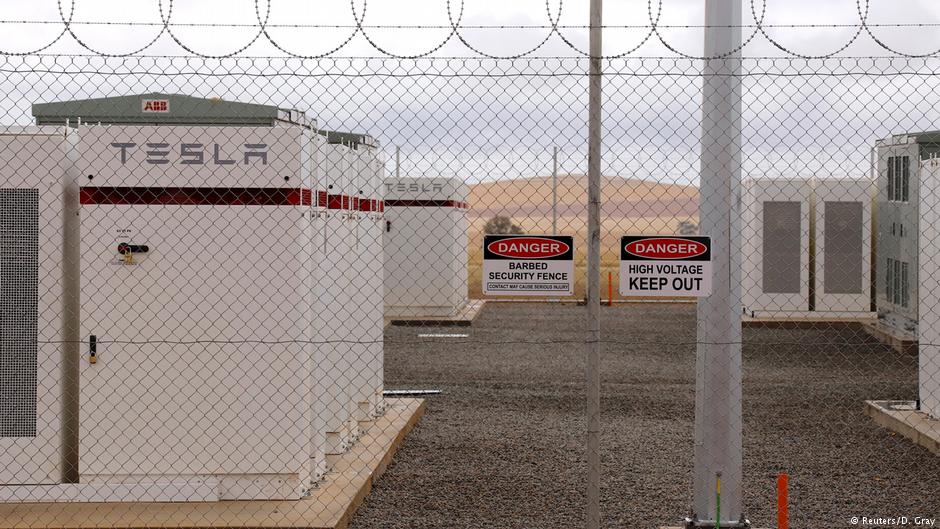Tesla builds world largest battery
December 2, 2017 | Expert Insights

Tesla has built the world's biggest lithium-ion battery and has plugged into an Australian state grid. Thus, the company’s Chief Executive Elon Musk was able to deliver on 100-day guarantee he made on Twitter.
Background
Tesla is an American automaker founded in 2003 by Elon Musk. It specializes in electric cars, lithium-ion battery energy storage and more. It is predominantly known for manufacturing luxury electric cars. In 2008, it released the world’s first electric sports car called the Tesla Roadster. One of its models, Model S has been the world's best-selling plug-in electric car in 2015 and 2016.
On August 4th, 2017, Tesla announced that it was looking to raise $1.5 billion by selling bonds. By August 7th, it had revised its projections and said it would raise $1.77 billion. Private investors were not part of the fundraising – only major institutions participated.
Elon Musk is a South African-born Canadian American business magnate, investor and inventor. He is best known as the founder, CEO, and CTO of SpaceX.
The South Australian blackout of 2016 was a widespread power outage in South Australia that occurred as a result of storm damage to electricity transmission infrastructure on 28 September 2016. The cascading failure of the electricity transmission network resulted in almost the entire state losing its electricity supply. Kangaroo Island did not lose its supply, as the Kangaroo Island power station had been built to supply the island for the contingency of a failure in the power cable under the Backstairs Passage.
Analysis
In wake of a state-wide blackout, the Telsa chief had agreed to build the world’s largest lithium ion battery in order to secure South Australia’s power supply in the wake of a statewide blackout. Previously, he has said that Australia should now be excited to be paving the way and leading the movement to use new energy sources.
In an interview a few months ago, Musk spoke about his plans to build the lithium battery adding “People in Australia should be proud of the fact that Australia has the world’s biggest battery. This is pretty great. It is an inspiration and it will serve to say to the whole world that this is possible.”
In order to make the project even more interesting, he essentially even entered a bet with the Australian government. He vowed that he and his team could build the 100-megawatt battery within 100 days of the contracts being signed at the end of September. He noted that if he failed, he would give the battery free of charge to South Australia state government. Fortunately for Musk, he was able to deliver on his promise. The cost of losing that bet would have been around $50 million,
South Australia Premier Jay Weatherill announced that the battery began dispatching power into the state grid Thursday afternoon. It is currently providing 70 megawatts as temperatures topped 86 degrees. "South Australia is now leading the world in dispatchable renewable energy, delivered to homes and businesses 24/7," Weatherill said.
The battery array holds enough energy to supply more than 30,000 homes for about an hour in an emergency, and supply electricity during other periods. This among multiple projects undertaken by Tesla and similar companies to install massive grid-scale batteries.
However, the project is not without its critics. "You cannot have a business model that's just waiting for these events to occur so you can jump in and be a savior," said Ravi Manghani, energy storage director at GTM Research. But, he added, "They've had two such projects done in the last year, so there is some amount of regularity to these emergency events." Manghani further noted that until the residential and commercial segments swell to provide more steady work, battery vendors and storage developers have little choice but to chase down whatever opportunities arise.
Assessment
Our assessment is that the success of the Tesla’s ambitious project proves that governments should reach out to companies willing to offer innovative and off-the-grid solutions for problems. By working with Tesla, the South Australia state government was able to become a pioneer in using a new form of energy source. The government will also be able to address the crisis that resulted in the 2016 blackout.








Comments